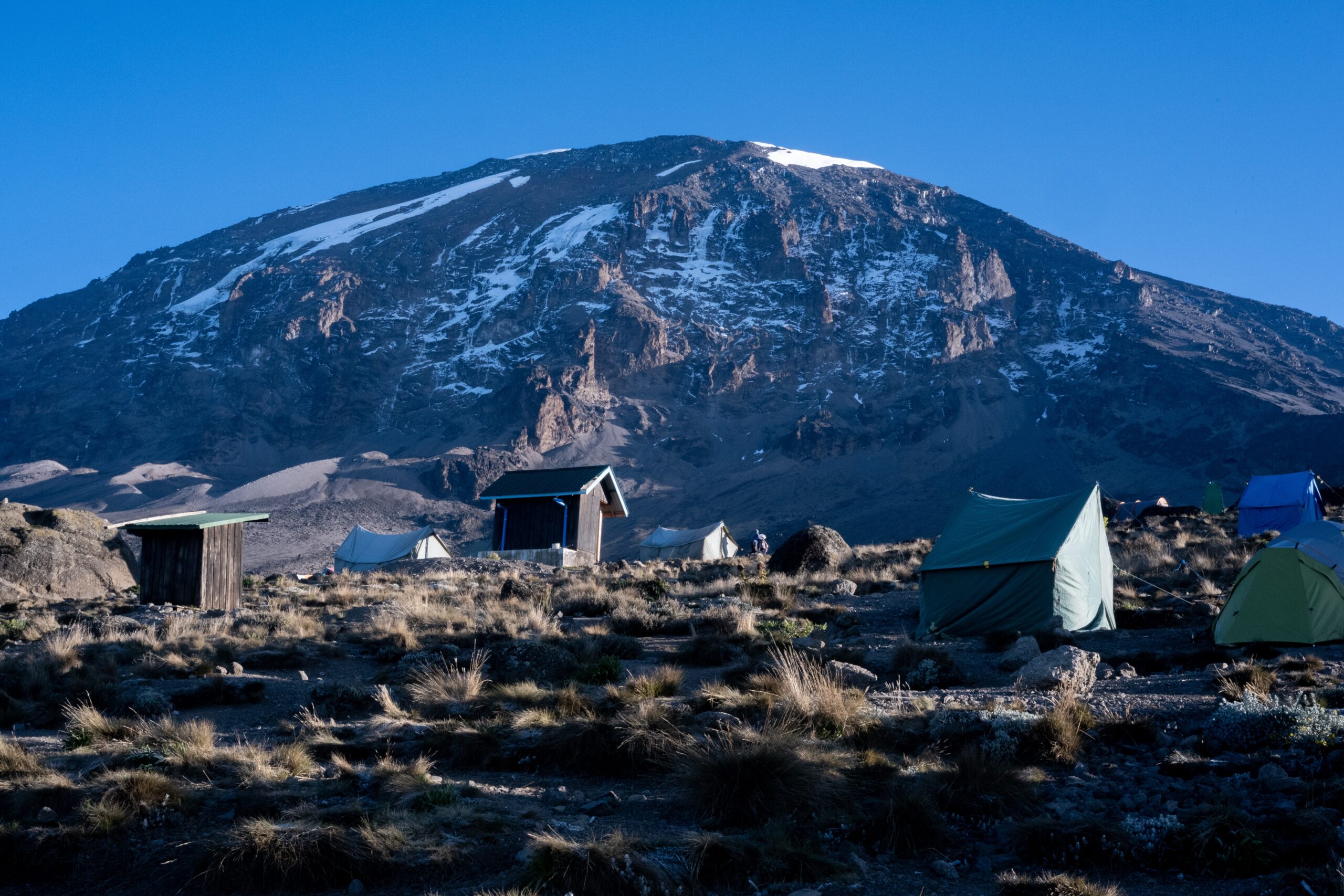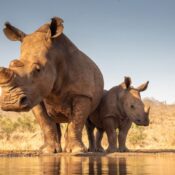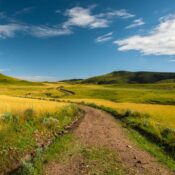Kilimanjaro national park

Kilimanjaro national park
Mount Kilimanjaro is Africa’s highest mountain (5,895 meters). To be in its presence either near or far, and to see the grandeur of its giant dome tower so far, far up into the sky above the surrounding plains is one of life’s great travel experiences. You can but gaze at it in wonder and awe and feel deeply humbled by the sheer magnificence of it. No wonder so many travelers want to get there, be there, embrace it, climb it.It is a volcano and arises alone out of an expansive landscape of hills and plains that are level. This makes it the world’s highest peak as measured from the surrounding plains to its summit.
History
Kilimanjaro was known by reputation way back in ancient times, and of course the local people knew it well, with its awesome presence woven into their folklore and religions. The first Europeans to approach it and try to describe it were the German missionaries Johan Ludwig Krapf and Johannes Rebmann who traveled to Africa in the mid nineteenth century. Krapf’s account of the snowy top was widely disbelieved at first because ‘How could snow exist so near to the equator…?’ The German geographer Hans Meyer accompanied by Austrian Ludwig Purtscheller was the first person to reach the top, but only on his 3rd attempt in 1889. He was almost certainly accompanied by his senior porter Yohani Kinyala Lauwo from Marangu who would have been the first local person to reach the top – and reputedly without shoes!It became a National Park in 1973 and a World Heritage site in 1987. The mountain originally comprised 3 volcanoes Kibo, Mawenzi and Shira that were formed about 1 million years ago. Mawenzi ceased erupting and Shira collapsed while Kibo continued erupting until about 150,000 – 200,000 years ago and is still technically only dormant. The very highest point was named Uhuru Point after Tanzania’s independence in 1961.
The climb
All adults of normal health and fitness should be able to make it to the top and without needing specialist equipment. Warm, weatherproof clothing and sound footwear are essential. Of critical importance is patience and determination. Today there are over 50,000 attempted summits per year and over 90% conquer the summit. Climbers are advised to add days for acclimatization and always ‘walk slow’. Remember that Swahili Proverb “A hasty person misses the sweet things”! There is so much more to Kili than her summit. Your hike will take you up through lush rainforest to a moorland zone with giant heather and lobelias, and then on up through Afro Alpine montane desert, and on up still further to an Arctic landscape of ice snow and rock and without vegetation. And here on the roof of Africa in clear weather the views are spell binding. Mount Meru, the Rift Valley, Maasailand all lie there below you.There are at least 7 routes up the mountain ranging from 5 to 9 days or longer, and anyone planning to climb Kilimanjaro is strongly advised to do it with a reputable registered local tour operator employing trained guides who have a strong track record of success, and who know of the latest ground conditions.
Wildlife
There is a possibility of seeing wildlife while climbing Kilimanjaro, as there is a lot of it in the forests and moorlands including, elephant, buffalo, leopard, warthog, bush pig, waterbuck, bushbuck, several species of monkey, and lots of birds. There is a chance of seeing some or all of these on the hike up the lower and upper slopes.



